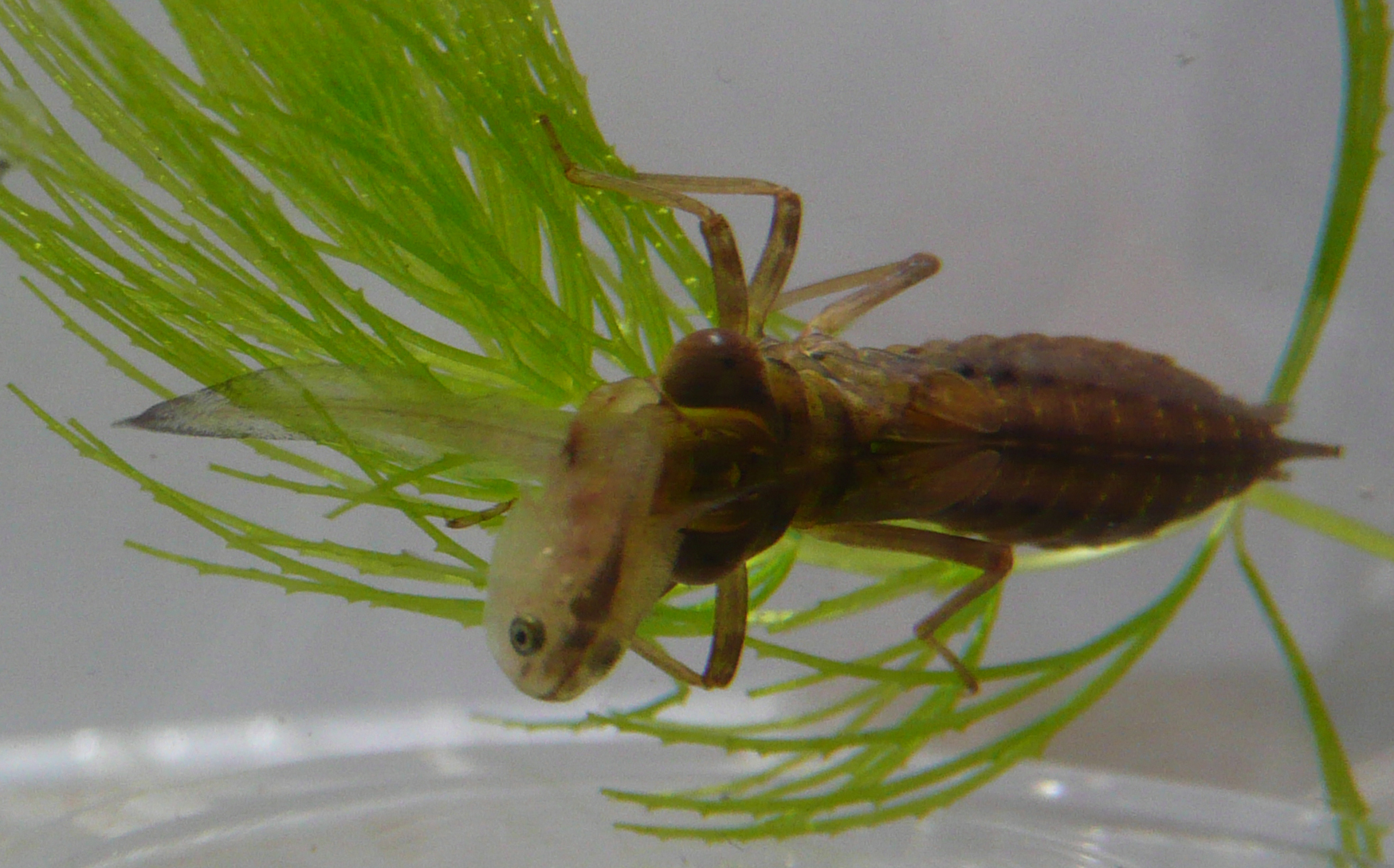
The development of computational simulation based on the dynamics of the robotic dragonfly allows the test of different control algorithms. The system performance is analyzed in terms of time response and robustness. In this paper, the dynamics of a dragonfly-inspired robot is studied. They are equipped with two pairs of independently controlled wings granting an unmatchable flying performance and robustness.

Modeling and Control of a Dragonfly-Like Robotĭirectory of Open Access Journals (Sweden)įull Text Available Dragonflies demonstrate unique and superior flight performances than most of the other insect species and birds. Insights from predation experiments contribute to our understanding of the link between performance and fitness, and further improve mechanistic models of predator-prey interactions and food web dynamics. The absence of an appropriate control in predation experiments may lead to potentially misleading conclusions about the primary target of predator-imposed selection. This corroborates the general importance of body size in predator-prey interactions. In the newt- dragonfly larvae interaction, body size plays a more important role than maximum values and thermal sensitivity of swimming velocity during predator escape. Maximum swimming velocity and its thermal sensitivity showed low group repeatability, which contributed to non-detectable selection on both characteristics of escape performance. Comparison of selection differentials with control confirmed selection only on body size, i.e., dragonfly larvae preferably preyed on small newt larvae. Nonzero selection differentials indicated that predators selected for prey body size and both absolute and size-corrected maximum swimming velocity. Specifically, because these species experience a wide range of temperatures throughout their larval phases, we predict that larvae achieving high swimming velocities across temperatures will have a selective advantage over more thermally sensitive individuals.

We examined predator ( dragonfly larva)-imposed selection on prey (newt larvae) body size and characteristics of escape velocity using replicated and controlled predation experiments under seminatural conditions. The primary target of the selection imposed by predators is poorly understood. Because of its dependence on body size and temperature, escape velocity is fully characterized by three measures, absolute value, size-corrected value, and its response to temperature (thermal sensitivity). Many animals rely on their escape performance during predator encounters.

Extensive acid mine pollution thus may threaten aquatic biota through removal of food sources or reduced feeding rates as well as through direct mortality.īody size, swimming speed, or thermal sensitivity? Predator-imposed selection on amphibian larvae. Dragonfly larvae predation on mayfly larvae was constant at pH 8.1 to 4.1, but decreased at pH 3.1 despite tolerance of dragonfly larvae to low pH conditions. Laboratory studies showed stepwise increases in non-predatory mortality of mayfly larvae with increased mine acidity. But none were found in such zones of three streams having current or past histories of mine acid pollution, despite vegetative recovery of reclaimed land bordering two of the streams. Mayfly larvae were abundant and diverse in riffle zones of three control streams in southeastern Ohio. Survival of mayfly larvae under mine acid conditionsĮnergy Technology Data Exchange (ETDEWEB) We have isolated a 38-residue peptide from this hemolymph which is strongly active against Gram-positive The injection of low doses of bacteria into the aquatic larvae of dragonflies (Aeschna cyanea, Odonata, Paleoptera) induces the appearance in their hemolymph of a potent antibacterial activity. A novel insect defensin mediates the inducible antibacterial activity in larvae of the dragonfly Aeschna cyanea (Paleoptera, Odonata)īulet, P.


 0 kommentar(er)
0 kommentar(er)
